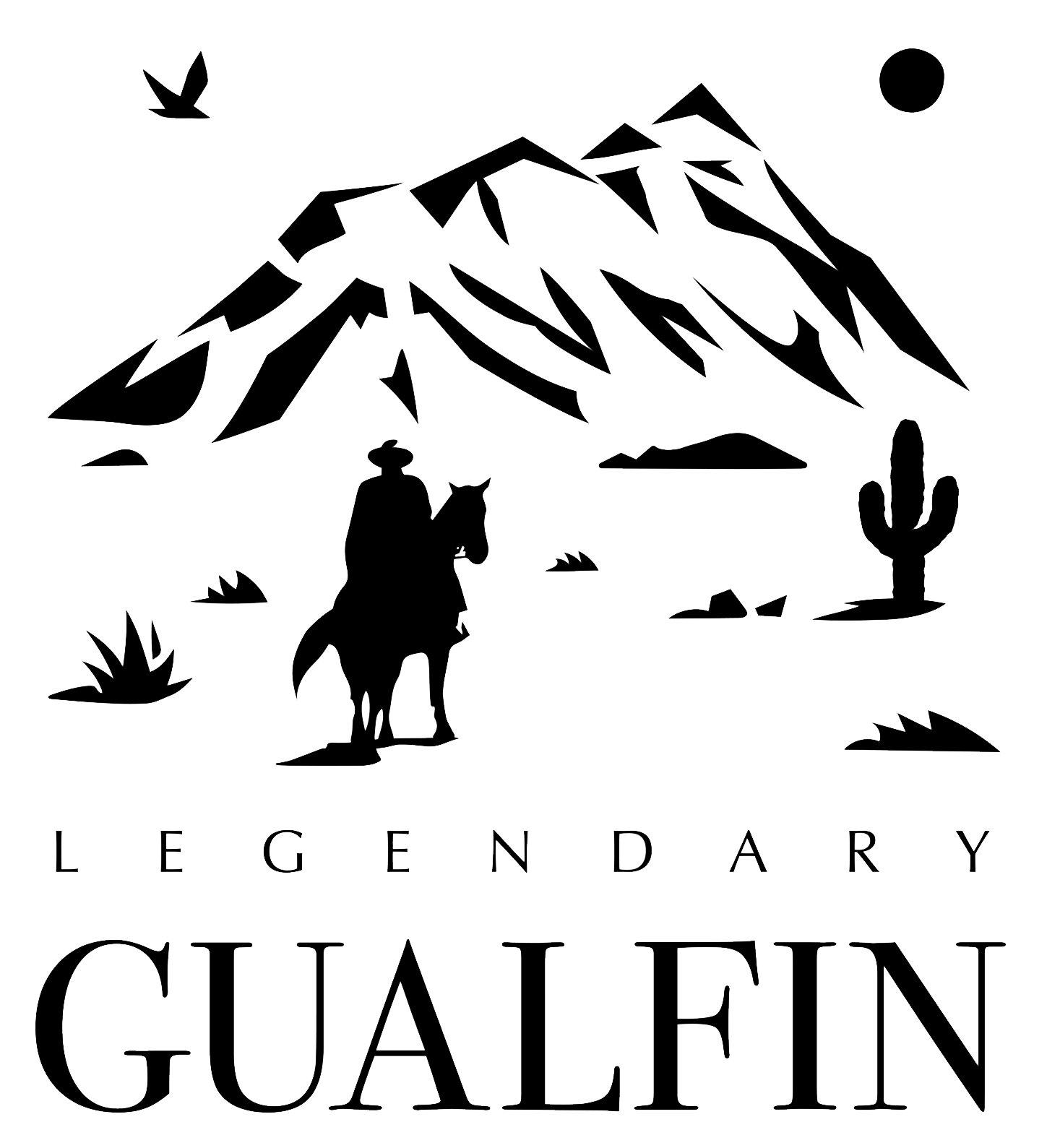Creating a Promised Land for the Cows
I was asked at last week’s news conference whether these forecasts are too good to be true – a reasonable question.
– Fed Chairman Jerome Powell
BUENOS AIRES – Yesterday, while we were out of touch… the markets grew a little worried.
The Dow fell 200 points.
From CNBC:
Investors continued to show signs of jitteriness Friday, as rising interest rates weighed on sentiment. On Thursday, the yield on the 10-year Treasury note notched its highest level in over seven years, following positive economic data released this week.
Comments from Federal Reserve Chair Jerome Powell also pushed yields higher. On Wednesday, Powell said that the Fed had a long way to go before interest rates would hit neutral, suggesting to markets that more hikes could be coming.
We’ll have more on the Fed, etc. on Monday… But we’re on the road today. No time for serious thinking.
Instead, we’ll tell you more about what is going on at the ranch…
Green Grass
We rode out on the range to look at the cattle.
Even after eight months without a drop of rain, there is still some green grass down in the valley where the river cuts through the mountains to an adjoining ranch.
There are three rivers on our ranch. This time of year, none of them have any real water. Whatever water there is has gone underground. But some of it resurfaces just before it leaves the ranch. That is where the cows congregate.
The area is right in front of the house. But it is still a long way away. We ride down to the dry riverbed, and then follow it to the green grass. The ride takes more than an hour, partly because the horses find it hard going in the sand.
Then, a couple of springs appear… with water trickling, then running, down toward the angusto – a narrow defile through the rocks – where the water tumbles and splashes over to our neighbor’s place about a mile further on.
Neither cattle, nor horses, nor humans can go through the rocky pass safely. When we visit our neighbors (a Swiss couple that runs an organic vineyard), we have to ride around the mountains to the east, which takes about five hours.
The gauchos and ranch hands use a backhoe to channel the water from the spring over the wide expanse of riverbed, trying to encourage as much grass as possible before we lose the water to our neighbors.
The result is a delightful area of pools, grass, and swampy patches where birds and guanacos – a close relative of the llama – gather along with the cattle.
We saw two herds of guanacos, about eight animals in each, mixing comfortably with the cattle. But as we rode up, the cattle were blasé… while the guanacos took off, running up into the dry hills.
Occasionally, the cowboys will shoot a guanaco and eat it; but rarely. They also shoot the burros from time to time. Both animals are pests… competing with the cattle for the little bit of grass we have.
Cattle’s Promised Land
Another real pest is the condor. There were about 20 of them on the ground, picking at the bones of a dead cow.
The swampy areas can include pools of quicksand or deep mud, where the cows get stuck. Sometimes, we’ll find a cow while it is still alive. But often, it is attacked by the condors or simply dies from exhaustion before we find it.
The condors also prey on the soft and defenseless newborn calves. A group of the birds will attack, some distracting the mother cow… while the others kill its calf.
We’re counting on our new property farther down the valley to make life easier on the animals. There, we have water directly from the Calchaquí River.
Over the last 12 months, we have cleared the land and planted alfalfa. In a few more months, the alfalfa will be ready. We’ll drive the cows up over the pass and down to the green fields of the lower ranch – a two-day cattle drive.
There, they and their calves will be fattened on the grass and corn. The calves will be sold, and the mother cows will be driven back up over the pass for another season.
Stay tuned…
Regards,
Bill
